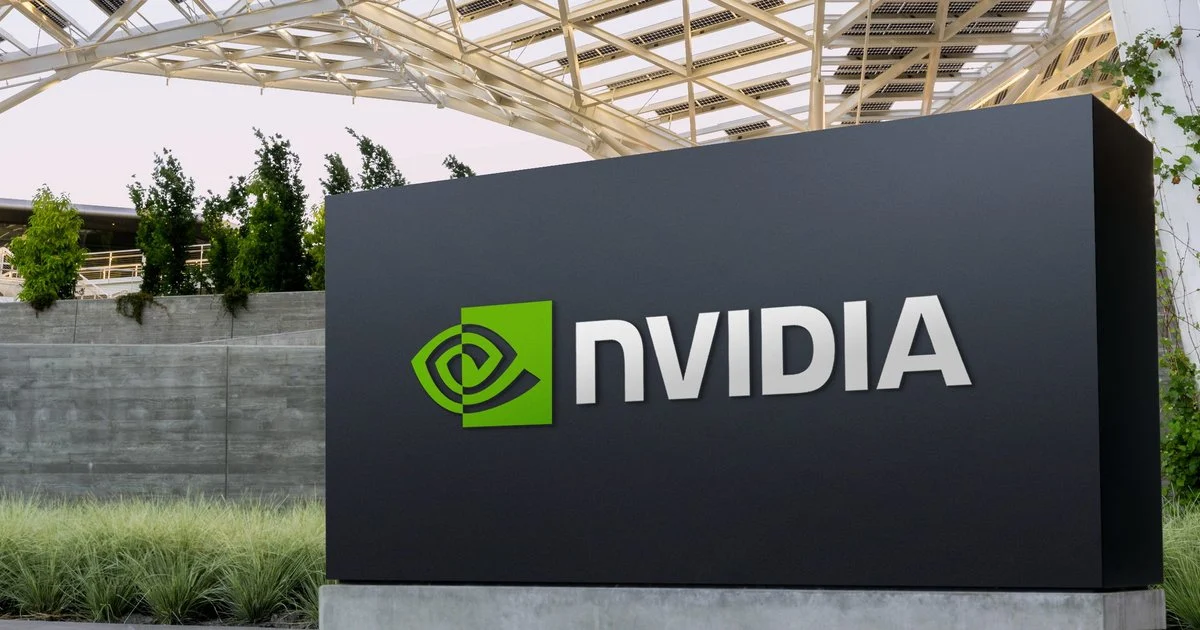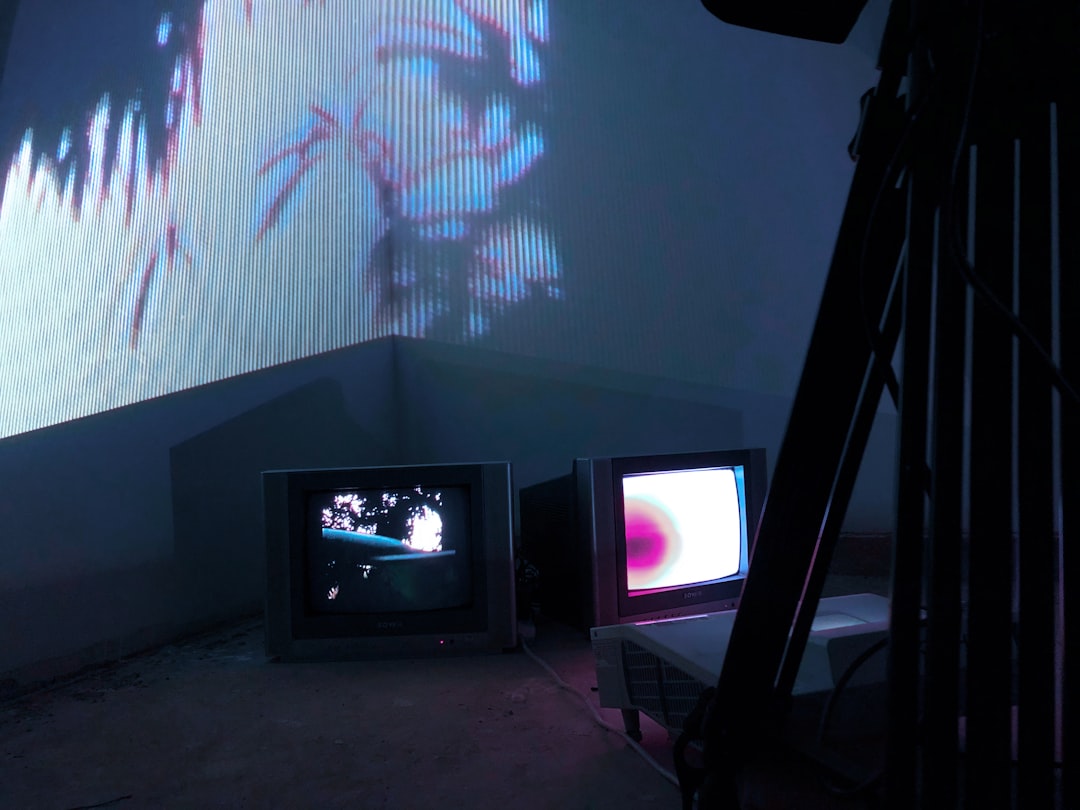National News
I Saw the Nvidia Crash Coming. Then I Looked Closer.
The Western Staff

For the longest time, my view on Nvidia was unequivocal, and I wasn’t quiet about it. To me, the writing was on the wall, painted in the familiar, frantic colors of a market bubble. I saw the headlines and I nodded along, convinced. I saw the dizzying stock chart and felt the echo of Cisco Systems in March 2000, a specter I pointed to in conversations with colleagues. I read the reports from Wccftech that OpenAI, the kingmaker of the AI boom, was already hedging its bets and shifting workloads to Google’s TPUs, and I saw the first crack in the dam.
I was one of the people who amplified the narrative, at least in my own circles. When I saw the CFRA analyst upgrade AMD, confidently predicting they would “close the gap” by 2026, it confirmed my bias. Of course, they would; competition is inevitable, and no monopoly lasts forever. When The Motley Fool highlighted that a billionaire like Philippe Laffont was dumping 1.4 million shares, I saw it as the ultimate insider signal—the smart money was quietly slipping out the back door while the public was still lining up to get in. And when I saw the aggressive headline on Seeking Alpha, “The Music Is About To Stop,” I felt a sense of grim validation. “Finally,” I thought, “the narrative is catching up to reality.” I was a critic, a skeptic, and I was certain I was right.
My certainty wasn't shaken by grand pronouncements or bullish analyst reports, which I dismissed as part of the hype machine. The catalyst for my change of mind was something much smaller, almost incidental. It was a technical demonstration I almost skipped: a deep dive into Nvidia's new DLSS Transformer Model. I went in expecting a standard product update about better graphics for gamers. What I saw, however, was something entirely different, and it planted a seed of cognitive dissonance that I couldn't ignore.
It wasn’t just about making pixels look prettier. It was an AI model fundamentally rewriting the rules of rendering in real-time. I watched as the AI generated entire frames, textures, and light effects not from brute force hardware power alone, but from a learned understanding of what a scene should look like. This wasn’t just a faster chip; it was a self-contained, intelligent creative process happening on the silicon. That was the moment the Cisco comparison, the pillar of my bearish thesis, began to crumble.
Cisco sold the picks and shovels of the internet boom—routers and switches. They were phenomenally successful, but they were hardware vendors selling increasingly commoditized boxes into a frenzy. When the frenzy stopped, so did the outsized growth. I had slapped this exact label onto Nvidia: a seller of GPUs, the picks and shovels of the AI gold rush. But that DLSS demo forced a difficult realization. Nvidia isn't just selling the shovel; they've built a proprietary, AI-powered robotic mining machine, and they're the only ones who sell the fuel (the CUDA software platform) and the operating system (the AI Enterprise suite) to run it. They aren't just a hardware company. They are an entire ecosystem. It was a painful but necessary correction to my worldview; the historical parallel I had clung to was fundamentally lazy and inaccurate.
With that first crack in my own certainty, I started re-examining my other beliefs. I revisited the idea that AMD was poised to “close the gap.” On paper, it makes sense. AMD is a brilliant engineering company, and their chips are powerful. But my new understanding of the ecosystem reframed the entire contest. I looked into Nvidia's recent, seemingly minor, moves. They acquired a company called CentML, which specializes in compressing AI models to make them more efficient. They announced a deep collaboration with Cyngn, a firm that develops AI for industrial and autonomous vehicles. These aren't the moves of a company just trying to sell more chips to Microsoft and Google. These are the actions of a company methodically embedding its full stack—its software, its models, its platform—into the operational fabric of the entire global economy, from automotive to logistics to drug discovery. The “gap” AMD needs to close isn't just teraflops; it’s a decade-plus head start in software, developer loyalty, and enterprise integration. The challenge is an order of magnitude greater than I had previously believed.
Then I had to confront the “smart money” argument—the Laffont stock sale. It had been such a simple, powerful symbol for me. But I forced myself to do what I hadn't before: look for the context, not just the headline. I discovered that after selling 1.4 million shares, Laffont's fund, Coatue Management, still held over four million shares. It wasn't an all-out exit; it was a prudent, if massive, act of portfolio rebalancing—taking some profits after an astronomical run. To frame it as a vote of no confidence was, I had to admit, a deliberate misreading of the facts for the sake of a bearish narrative. I had fallen for the simple story over the complex truth.
Finally, I re-evaluated the OpenAI threat. The idea that Nvidia’s biggest customer was looking elsewhere felt like a death knell for their pricing power. But armed with my new ecosystem perspective, I saw it differently. The world of AI computing is not a monolith. There will be a mix of hardware for different tasks. It’s entirely logical for a company like OpenAI to use Google’s TPUs for certain cost-sensitive inference tasks while still relying exclusively on Nvidia’s market-leading platform for the far more complex and lucrative work of training next-generation foundation models. It’s not a zero-sum game where one’s gain is another’s loss. The AI pie is growing at an exponential rate. Nvidia doesn’t need 100% of the pie to continue its extraordinary growth; it just needs to keep dominating the most valuable slice—the high-end training and development—while expanding into new industries, which is exactly what its strategy seems to be.
This journey has been a humbling one. It’s far easier to stand on the sidelines and predict a collapse, especially when you have historical patterns that seem to fit. The narrative of an overvalued tech giant on the brink is simple, compelling, and makes for great headlines. But it’s a narrative that, in this case, I now believe misses the fundamental truth of what Nvidia is and what it is building. I was wrong because I was looking at the company through an old lens, seeing only the hardware and the stock price. I was missing the software, the strategy, and the sprawling, deeply-rooted ecosystem that makes it entirely different from the ghosts of bubbles past. My certainty is gone, replaced by a grudging respect for a much more complex and resilient reality. I can’t tell you where the stock will be tomorrow, but I can tell you that the reasons for its potential downfall are far less convincing than I once so fervently believed.


